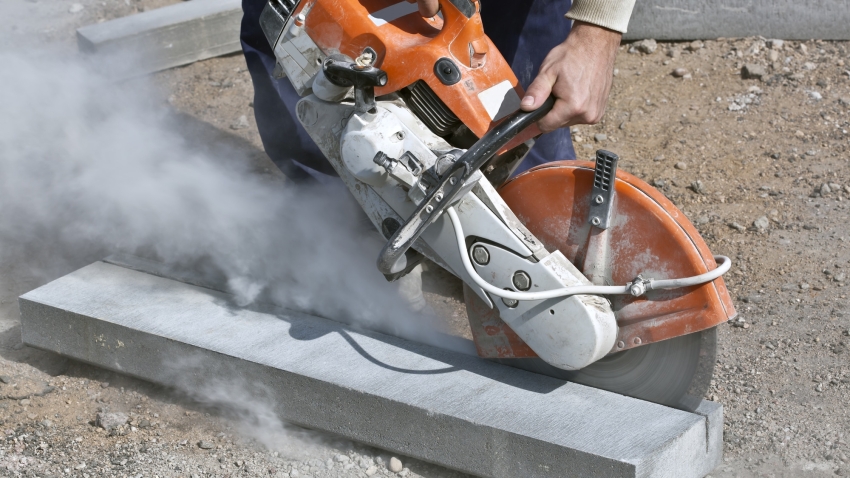
Saw Cutting Concrete: A Crucial Step for Flawless Slabs
Concrete, a ubiquitous material in construction, is incredibly strong and durable. However, even the most robust concrete slab will naturally shrink and crack as it cures. To prevent unsightly and potentially damaging uncontrolled cracks, a technique called saw cutting comes into play. This article delves into the world of saw cutting concrete, explaining its purpose, process, and the benefits it offers for long-lasting, aesthetically pleasing concrete surfaces.
Understanding the Why: Controlling Concrete’s Movement
Imagine a freshly poured concrete slab – a vast, smooth expanse. As the concrete cures, it loses moisture, causing it to shrink. This shrinkage creates internal stresses within the slab. If left unchecked, these stresses will eventually lead to uncontrolled cracks. These cracks can be unsightly, weaken the concrete’s structural integrity, and allow water to penetrate, potentially causing further damage.
Saw cutting addresses this issue by creating strategically placed, predetermined cracks – called control joints. These joints are essentially narrow grooves cut into the concrete after it has gained some initial strength but before uncontrolled cracking begins. By creating these weaker planes, saw cutting essentially directs the concrete to crack along these controlled lines, minimizing the risk of random, disruptive cracks appearing elsewhere in the slab.

The Art of Saw Cutting: A Precise Process
-
Planning and Layout: The first step involves meticulous planning. The layout and spacing of the control joints are crucial. Factors like slab size, concrete mix design, and anticipated use all influence the joint spacing. Engineers or experienced concrete contractors determine the optimal layout to ensure effective crack control.
-
Timing is Key: The timing of saw cutting is critical. Cutting too early, when the concrete is still weak, can cause the saw blade to pull out aggregate (the stones within the concrete mix), leading to a rough, weakened edge. Conversely, cutting too late risks uncontrolled cracking before the control joints can be formed. Typically, saw cutting commences anywhere from 3 to 6 hours after the concrete is poured, depending on weather conditions and the specific concrete mix. Trial cuts are often made to assess the concrete’s readiness and prevent raveling.
-
Choosing the Right Saw: The type of saw used depends on the depth and thickness of the concrete slab being cut. Walk-behind saws are ideal for smaller projects and thinner slabs. For thicker slabs or large-scale projects, powerful ride-on saws offer greater efficiency. Diamond blades are the industry standard for saw cutting concrete due to their exceptional durability and cutting prowess.
-
The Cutting Process: The concrete saw operator carefully guides the saw along the pre-marked layout lines. The saw blade creates a clean, precise cut to the specified depth. Maintaining proper water flow during the cutting process is essential to cool the blade, reduce dust, and create a smooth joint.
-
Sealing the Deal: Once the cuts are complete, any debris is removed, and the control joints are often sealed with a specialized sealant. Sealing prevents water intrusion and helps maintain the structural integrity of the joints over time.

The Benefits of Saw Cutting: A Wise Investment
Saw cutting concrete offers a multitude of benefits that extend far beyond simply preventing cracks. Here are some key advantages:
-
Enhanced Aesthetics: Uncontrolled cracks can be unsightly and detract from the visual appeal of a concrete surface. Saw cutting ensures a neat, professional look by directing cracks to predetermined locations.
-
Improved Structural Integrity: Controlled cracks are far less likely to propagate and weaken the concrete compared to uncontrolled cracks. This translates to a longer lifespan for the concrete slab.
-
Reduced Maintenance Costs: Uncontrolled cracks can allow water to penetrate the concrete, potentially leading to spalling (flaking) and other forms of deterioration. Saw cutting helps prevent such problems, saving money on future repairs.
-
Functional Advantages: In some applications, like concrete floors in warehouses or parking garages, saw cutting can create designated areas for movement or weight distribution.
-
Safety Considerations: Uncontrolled cracks can create tripping hazards. Saw cutting helps mitigate this risk by ensuring cracks form in designated locations, promoting a safer walking surface.

Beyond the Basics: Additional Saw Cutting Applications
While controlling shrinkage cracks is the primary function of saw cutting, this technique has other valuable applications:
-
Demolition and Removal: Saw cutting is often used to create precise lines for concrete removal during demolition projects. This allows for controlled breaking and minimizes damage to surrounding structures.
-
Creating Channels: Saw cutting can be used to create channels or grooves in concrete for electrical wiring, plumbing pipes, or other utilities.
-
Decorative Joints: In some cases, saw cuts are used to create decorative patterns or score lines on concrete surfaces for a unique aesthetic effect.

Financial considerations for equipment and maintenance
Saw cutting concrete offers a plethora of benefits, but like any construction technique, it comes with financial considerations. This section dives into the costs associated with equipment and maintenance for saw cutting, helping you make informed decisions for your projects.
Equipment Acquisition:
-
Initial Investment: The upfront cost of saw cutting equipment varies depending on the type and size of saw needed. Walk-behind saws are generally more affordable than ride-on saws, but they’re less efficient for larger projects. Diamond blades, a crucial consumable, also factor into the initial investment.
-
Rental vs. Purchase: For occasional use, renting a saw might be a cost-effective option. However, for frequent projects, purchasing a saw can be more economical in the long run. Consider the anticipated frequency of use and project scale when making this decision.
Maintenance Costs:
-
Regular Maintenance: Like any machinery, concrete saws require routine maintenance to ensure optimal performance and lifespan. This includes tasks like lubricating moving parts, replacing worn filters, and inspecting blades for wear and tear. Regular maintenance can minimize the risk of breakdowns or premature equipment failure, saving money in the long run.
-
Diamond Blade Replacement: Diamond blades are essential for clean, efficient cutting. However, they wear down over time and need to be replaced periodically. The frequency of blade replacement depends on factors like the type of concrete being cut, the thickness of the cuts, and the operator’s technique.
-
Unexpected Repairs: Even with proper maintenance, unforeseen equipment issues can arise. Budgeting for potential repairs helps avoid financial surprises and ensures your saw cutting operations remain on track.
Cost-Saving Strategies:
-
Preventative Maintenance: Investing in a proactive maintenance schedule can significantly reduce the likelihood of costly repairs down the road. Timely maintenance extends equipment life and minimizes downtime.
-
Proper Blade Usage: Optimizing diamond blade usage can maximize its lifespan. This involves using the correct blade type for the concrete being cut, maintaining proper water flow during cutting, and avoiding overheating the blade.
-
Operator Training: Investing in training for saw operators can help ensure proper cutting techniques that minimize blade wear and tear, reducing overall operational costs.
Saw cutting concrete is a valuable technique, but it’s essential to factor in the equipment and maintenance costs. By carefully considering factors like project scope, anticipated use, and implementing a proactive maintenance strategy, you can optimize your financial investment and get the most out of your saw cutting equipment.

Conclusion: Saw Cutting – A Recipe for Concrete Success
Saw cutting concrete is not just a random addition to the construction process; it’s a crucial step that ensures the longevity, functionality, and aesthetics of concrete surfaces. By strategically introducing controlled cracks, saw cutting prevents unsightly and potentially damaging uncontrolled cracks from forming later. This translates to a stronger, more attractive, and lower-maintenance concrete surface in the long run.
For those involved in concrete construction, understanding the importance and process of saw cutting is essential. By employing this technique effectively, professionals can create concrete slabs that are both beautiful and built to last.
Here are some additional points to consider:
-
Safety First: Saw cutting concrete can generate dust and noise. Proper personal protective equipment (PPE) such as respirators, ear protection, eye protection, and gloves should always be worn while operating a saw or working near the cutting area.
-
Hiring a Professional: For complex projects or those involving deep cuts in thick slabs, it’s recommended to hire an experienced concrete contractor with expertise in saw cutting. They will have the necessary equipment, knowledge, and safety protocols to ensure a successful outcome.
Saw cutting concrete, when implemented correctly, is an investment that pays off in numerous ways. It’s a technique that contributes significantly to the quality, durability, and overall success of concrete construction projects.






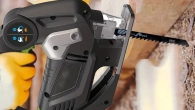
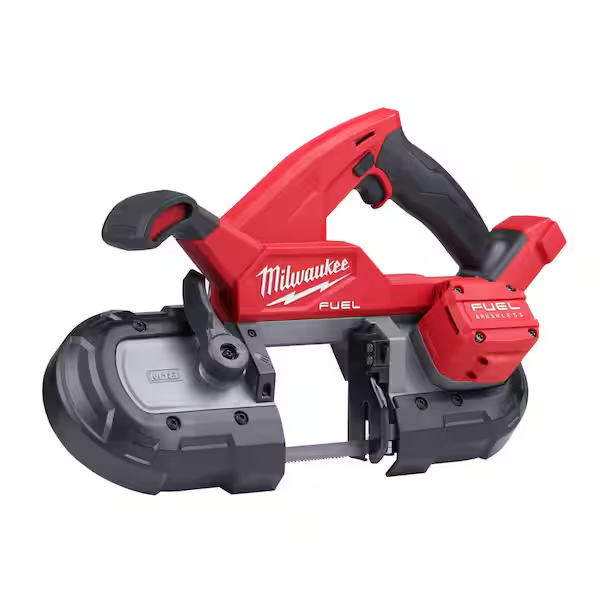


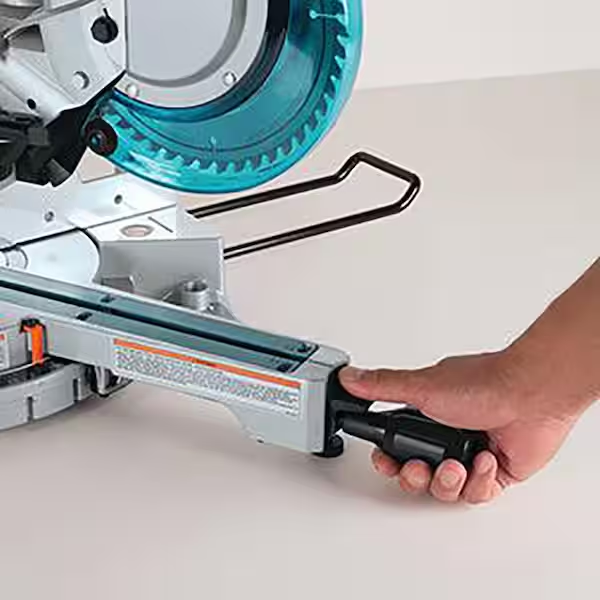
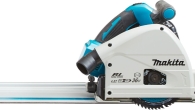
Leave a Reply